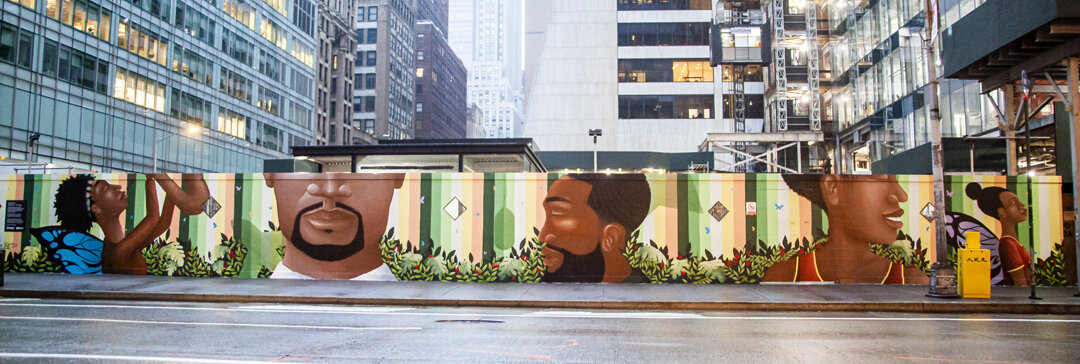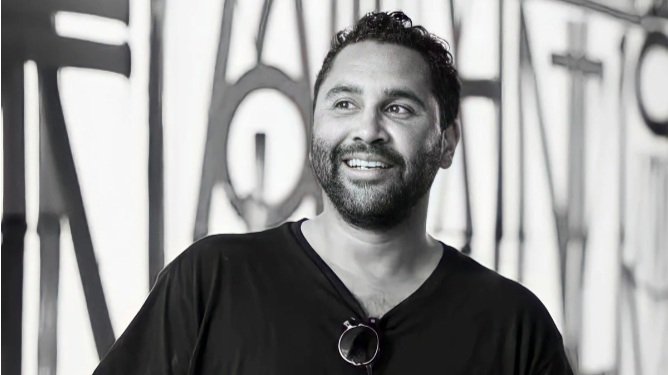Alexandre Keto: NOT A MONOLITH

Alexandre Keto is a Brazilian sculptor and painter whose artwork has transcended many boundaries. Today, his work can be spotted all over Brazil and in Belgium and Ghana, where the Brazilian embassies are located.
He believes that art reaches people in the most accessible and realistic way, unlike several other mediums. It opens up new horizons for people, especially if one incorporates the elements of social issues. He also believes that art is probably one of the purest tools to build knowledge among the masses.
He cites several people and their work as his earliest sources of inspiration. Some of them include American graffiti, Orisha worship, and Samba. Through a major chunk of his work, he aims to celebrate African heritage.
A lot of his artwork is also representative of the Yoruba traditions and their Gods and Goddesses. While his paintings majorly take influence from graffiti art, his sculptures are mostly based on African statues. All in all, there’s not even an inch of a doubt that his art is not only eclectic but also very vivid and celebratory.
Last year, his exhibition in Manhattan stirred a lot of interest among the local population and the artist community alike. One of the most brilliant ways he has used his talent is to produce work to imagine the future lives of Michael Brown, Trayyon Martin, Agatha Felix, and Sandra Bland if they had not become victims to a “deadly brutality.” For example, one of the images he created of Sandra Bland depicted how this African American woman’s body was found hanging in jail only a few days following her arrest on a traffic stop.
Another critically acclaimed artwork of his depicted a 17-year-old student of African American descent, Trayyon Martin. Martin was brutally murdered by George Zimmerman, the neighborhood watch captain, in 2012. Michael Brown, an 18-year-old, was also shot by an officer in 2014 in Ferguson. All of these victims, among many others, were victims of terrorism by a white member of the society.
Keto’s shift towards representing the struggles of black people was highly a result of his observations while growing up. In one of his interviews in the past, he also mentioned that the reason he made black-skinned people a subject of his work was that they were not being appreciated any other way. At the dawn of his career, he would often paint in the streets, adding to every passerby’s curiosity.
Today, after reaching a certain height in his career, he believes that exchanging personal experiences with others helped him be a better artist. When he started becoming aware of people’s feelings and desires, it made him want to do more than just getting a critic’s attention for his art.
It gave rise to an ambition that allowed him to go beyond wanting to exhibit his work. Today, he desires to incorporate every person’s reality into his reality and create masterpieces that stay with generations for a long time to come.








